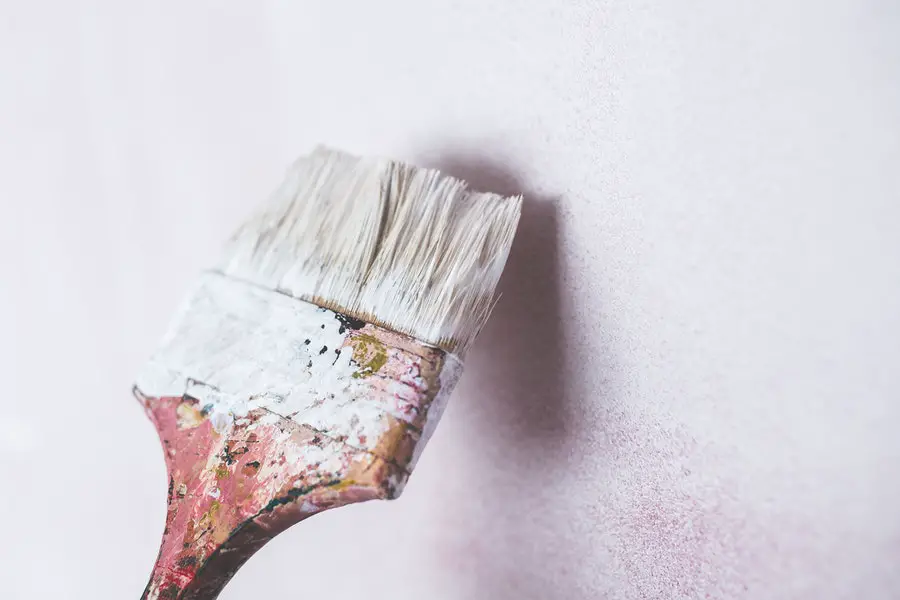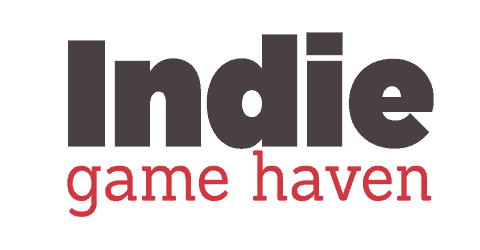
When you have a beautiful model completed, the last thing you want to do is throw ugly textures onto it. You really want the detail of your model to shine. This is where many modelers get stuck. Their texturing ability is less than what they are capable of producing in a 3D modeling application such as Maya.
Substance Painter is considered the industry standard for 3D painting models. It serves as an additional option for users in place of the texturing system already built into Maya.
That being said, I want to look at a few options you might have to choose from. Some may be just as good of options, depending on what you are creating. Consider checking out the software that I recommend here.
Texturing Models Created in Maya
Maya
Your first option is to probably use Maya as a texturing application as well. My students are able to do some basic things, but the more advanced stuff seems to be quite difficult for them. There are still elements in the hypershade editor that I have never really messed with, and simply don’t want to. The things I want to do seem easier to achieve in other applications.
To be quite frank, I think Maya could improve the texturing process in their application significantly. I know it has the capability to do some amazing things. That being said, it’s not user friendly. It’s going to be an uphill battle if you do not enjoy node-based texturing. I know that I don’t.
Photoshop
Photoshop is probably one of the earliest applications that were paired with Maya. In the early 3D days for video games, it was common to use UV maps exported from Maya and bring them into Photoshop. You could then place realistic textures on the models pretty easily.
The process was fairly simple, and places like textures.com became the go-to for realism texturing. You would use those realistic photos and lay them on the model, and perhaps if you were lucky, someone may even include a bump map.
If no bump map was provided, you would then use separate software to create additional height information. For example, if you wanted a wood grain, you might consider a bump map of some kind to create an illusion of depth and height on the wood grain just slightly.
I used past tense talk, because I think most people are using other alternatives now. I still include this as a good texturing option, but primarily for flat based colors. Example, low poly style games might want to use Photoshop alone to do all of their texturing. The process is faster. It is typically overkill to go to some other texturing applications unless there is truly a need to do so.
I still use Photoshop as my primary texturing application when working in game jams. It works well there for the speed.
Substance Painter
Substance Painter has been around long enough that it has become the staple for realistic texturing. The use of PBR textures, allowing some flexibility in how textures are viewed based on real-life, has really grown in popularity.
Substance Painter allows you to export as an FBX from Maya, and you can bring that directly into Substance Painter. From there, much like painting, you can paint on textures using a variety of techniques.
Usually a combination of techniques, but some of the most popular procedures would be to use fill layers to apply large amounts of color to areas. For example, you might mask off an arm and be able to paint a skin tone on the model for any skin that is showing on it.
Another option would be to paint on height information. Some common uses for this may be to paint on bumps for rough paint. You could also paint on scratches or divets in a model. You can even get very specific using alphas and paint screws onto a model so that they are not modeled in.
I believe that Substance Painter is really geared towards the game developer. Most of their tutorials seem to really highlight how you can go from Substance Painter back to Maya or to most of the modern game engines, including Unity, Unreal Engine, and Godot.
The only downside I have for Substance Painter is that it seems difficult to make modifications. If you are this far along in the process and decide a substantial change needs to be made to the model, it is a fairly tedious process it seems to make that change. At times, we have completely started over on the texturing process if the change is significant enough that it forced us to change the UV’s we completed in Maya.
Once you change the UV’s in Maya, you are really going to struggle with getting your materials to look right in Substance Painter. I highly recommend that if you have multiple people working on a project that there is some type of quality assurance process in place to have things approved before moving from Maya to Substance. This process will alleviate a lot of issues with becoming frustrated about redoing any work.
What are some alternatives to Substance Painter?
Outside of Substance, there is a new up and coming 3D texturing software called Armorpaint. It seems to be affordably priced. In my research, it feels like a cross between Substance Designer and Substance Painter.
When thinking of Substance Designer, this is a process where you are creating textures based on nodes. You can create something completely unique and it does have a lot of power. For my students, we do not use it a lot. It is relatively complex. I’m not a huge fan of node-based applications if you can’t tell.
In Armorpaint, you can create textures as well, and it seems to be a direct part of the process to applying color, depth, and other details on models. One area they highlight well is that you can create things like the roughness of burlap using these techniques.
In addition, you can do all of the normal expected things too such as brushing on color, height information, and a masking system to make to be very specific with your selections.
Can I texture models for games in Maya?
Maya is a viable option for texturing. I know there are some old school guys that prefer this method. That being said, the industry has really transitioned towards a separate 3D texturing application.
I think the process is just that much more simple. Substance Painter is often the student’s most favorite application. They love the detail that you can add. A good artist can really take a basic shaped model and turn it into something truly amazing.
In terms of modelers, it’s going to make your modeling life much easier too. As you learn what types of detail might just be brushed on, it means you’re spending less time trying to model that really fine detail such as rivets and screws.
Even going to applications such as ZBrush to get some of those details. Sure, you can do those things in ZBrush, but there are probably details later on that you realize you could just texture directly from Substance.
To put it simply, the modeling process is sped up. The texturing process has improved to a point where it is fun and invites creatives to be a part of that process as well.
Conclusion
I would recommend for beginners and pros alike to give Substance Painter a chance. The cost has been relatively inexpensive up to this point (check the current pricing here). My experience has been that students have been able to pick it up quickly and do some very impressive things in their video games.

